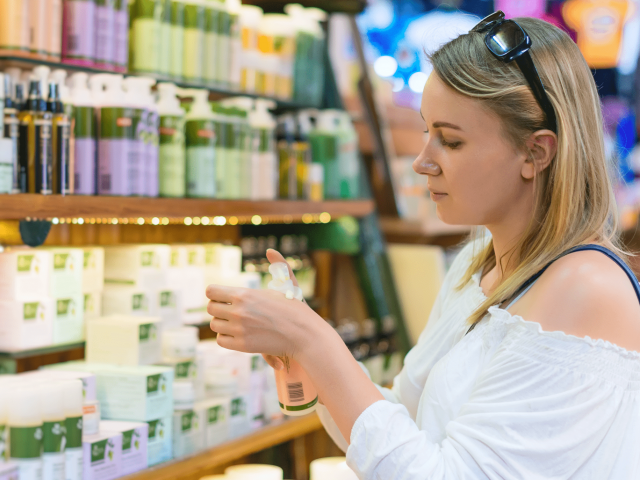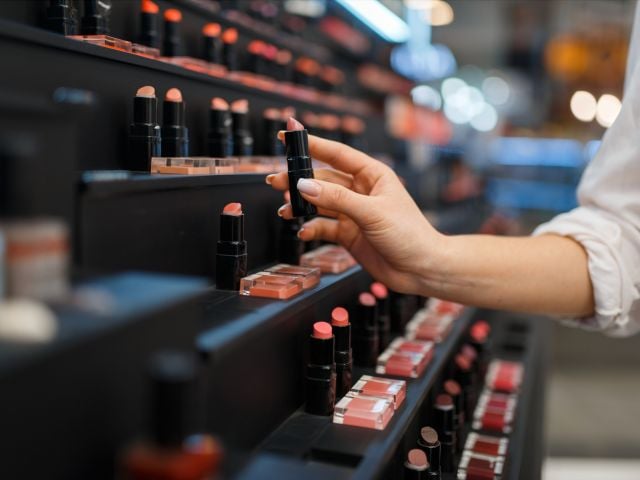Coppertone: 0 for 41
WASHINGTON – Almost a year after consumer concerns pushed the Food and Drug Administration (FDA) to promise tougher sunscreen standards, an investigation of nearly 1,000 brand-name sunscreen products finds that most still fail to adequately protect consumers or contain chemicals that may pose health hazards.
The Environmental Working Group (EWG) found that 85 percent of sunscreen products with an SPF rating of 15 or higher offer inadequate protection from UV rays, or have ingredients that either are known health hazards or have not been tested for safety. EWG’s report, including its list of more than 100 recommended sunscreen products on U.S. retail shelves, is at <a href="http://www.cosmeticsdatabase.com/sunscreens" title="http://www.cosmeticsdatabase.com/sunscreens">http://www.cosmeticsdatabase.com/sunscreens</a>.
Leading brands were the worst offenders: None of market leader Coppertone’s 41 sunscreen products met EWG’s criteria for safety and effectiveness, and only 1 of 103 products from Neutrogena and Banana Boat, the second- and third-largest manufacturers, are recommended by EWG.
This ground-breaking research is based on nearly 400 peer-reviewed studies of the 17 sunscreen chemicals approved for use in the U.S. EWG’s scientists found that some popular sunscreen chemicals actually break down when exposed to sunlight. Others penetrate the skin and pose health concerns including allergic reaction, hormone disruption and skin damage.
“You should always use sunscreen when going outside, but for far too long Americans have been left without any guidance as to which ones were the safest and most effective,” said Jane Houlihan, vice president for research at EWG. “We’ve been waiting 30 years for the FDA to come up with adequate safety standards, and we’re still waiting. Until then, our database is a tool consumers can use to find out which brands are best for their families.“
The SPF rating on the product is helpful, but it is only part of what a consumer needs to know. EWG’s rating system includes critical information on UVA protection, how stable the product is in the sun, and potential health hazards of the product’s ingredients. The website helps consumers recognize bogus sunscreen claims and provides tips for safety in the sun.
EWG released the first edition of the sunscreen database a year ago, shining a harsh light on the FDA’s failure to finalize safety standards it first promised in 1978. The FDA’s foot-dragging means sunscreen makers can keep selling products that don’t protect adequately, have harmful or untested ingredients, and make unsubstantiated claims.
“More than 1 million cases of skin cancer will be diagnosed this year,” said Houlihan. “Everyone who spends time outdoors this summer ought to have reliable information on how to protect themselves from the sun. But the government isn’t doing its job, and the manufacturers are selling sunscreens that claim "broad spectrum" protection on the label, but that don't deliver it, leaving consumers with too much exposure to the sun's damaging rays."
###
EWG is a nonprofit research organization based in Washington, DC that uses the power of information to protect human health and the environment.
Disqus Comments



